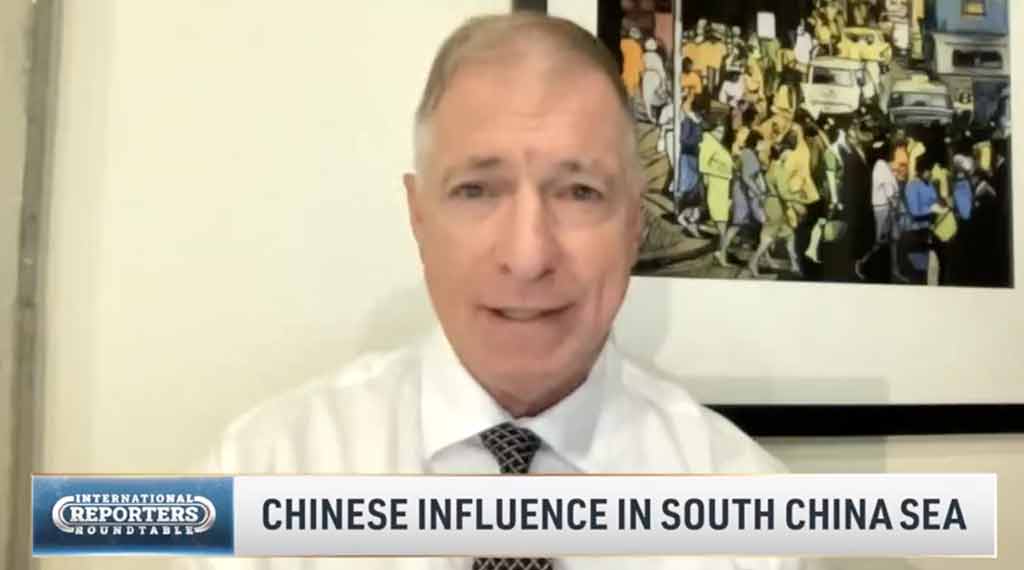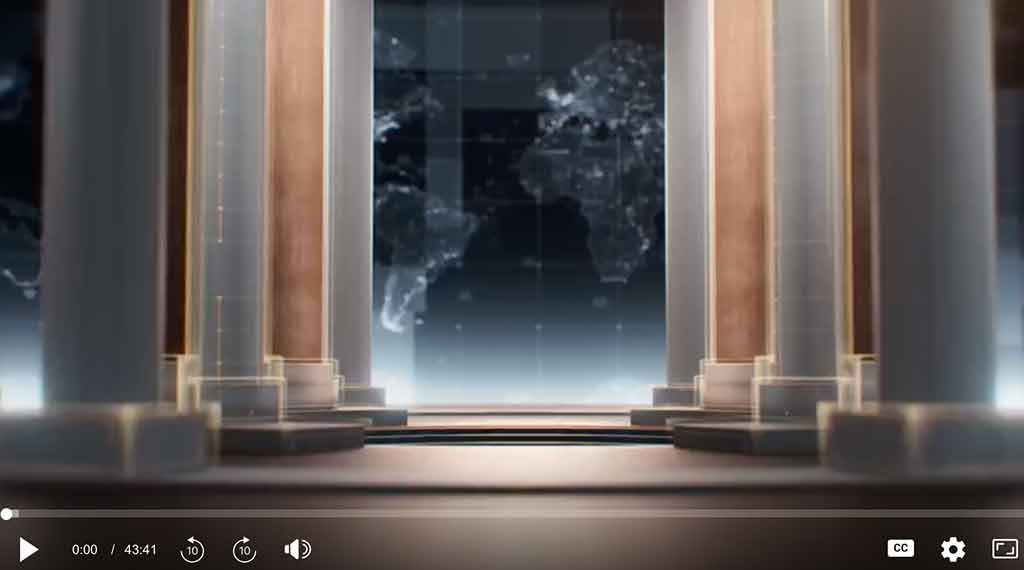Waterways: CCP plans revealed in global pressure points

Water covers 71 percent of Earth’s surface, and 80 percent of global trade sails through it. So if we want to understand competition for territorial control, we’d better look to the seas. Water is a life source—we need to drink it, water our crops. But it’s equally life-sustaining for nations in terms of industry, trade, and national defense. As the saying goes: “He who controls the water controls the world.” So, who’s looking to exert control and where?
Recently, we saw an altercation near the Strait of Hormuz between the U.S. and Iranian navies. This is near the Red Sea, one of the two most important shipping waterways in the world, the other being the Panama Canal. In the South China Sea, Taiwan is prime real estate, a fulcrum for total dominance of the region. Meanwhile, in the heart of Europe, at the continent’s biggest port, Rotterdam, big plans are in motion to connect it to China. Was the annexation of Tibet due to the many rivers that originate there and the power they provide? And how important is the Black Sea to the war in Ukraine?
Our guests Michael Yon, Grant Newsham, and Sargis Sangari help enlighten us on these pressure points, and how they factor into the geopolitical equation.
Then NTD’s French correspondent, David Vives, joins us to cover the rioting in France. It was brief compared to the riots of 2005, and yet the country sustained even greater damage. What’s behind it? Is the situation there really as the media portrays?
- China Taking Taiwan Would Hurt US Interests Globally: Newsham - December 16, 2025
- China, Look at the Numbers: Japan Threatens Nobody - December 8, 2025
- Newsham Breaks Down Latest China–Japan Standoff Near Senkakus Islands - December 4, 2025

